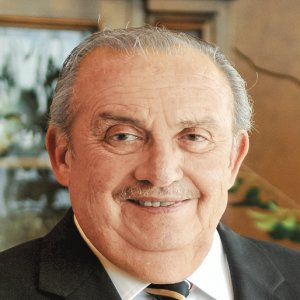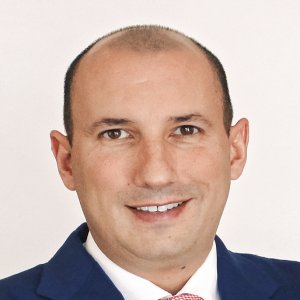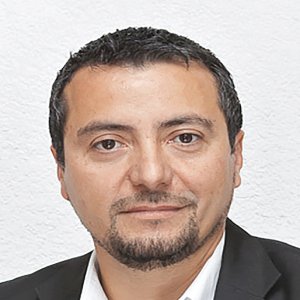Safety and Functionality for Every Heliport

STORY INLINE POST
Q: What is Cramex's role in the construction of heliports?
A: Cramex builds heliports that fully adhere to Mexican safety and functionality standards. Our team is comprised of aeronautical engineers, pilots, civil engineers and architects. We are not real estate developers so we have created several alliances, as the construction of heliports is extremely complex. Our partners include architects and civil engineers, and we have worked for real estate developers such as Inmobiliaria Brom, ICA, Tradeco and Prodemex. We also have alliances with designers and lighting companies such as Filotek. Developers often consult us before starting a project in which we are experts and we reach out to them for their construction support. Cramex has worked on major projects such as Plaza Carso and Torre Bancomer, designing their heliports. Most of our clients request turnkey projects for which we must analyze the type of aircraft to be used. A helicopter’s size and weight will determine the platform’s dimensions. We offer clients different heliport configurations and they make the final decision. Besides heliports, we manage aeronautical training programs and air taxi management services.
Q: How does Cramex ensure companies comply with Mexican safety regulations?
A: Mexican lawmakers are keen to maintain and improve security for helicopter passengers and people on the ground. Cramex goes far beyond the minimum safety regulations imposed by the DGAC, following international guidelines as established by ICAO. If a heliport has to have a width of 21m by law, we build it to 23m to provide a larger safety margin. We also install more fire prevention systems than those stipulated by authorities to ensure the highest safety standards.
Q: How has the market for heliports grown in recent years?
A: The construction of heliports has grown impressively in major cities, driven by corporate passengers concerned with saving time and for safety. This increased the need for heliports in corporate and apartment buildings. About 150 heliports are located in Mexico City. Vast new constructions in Reforma, Santa Fe and the south of the city have led to the proliferation of corporate buildings, elevating demand
for helicopter transport and consequently helipads. Monterrey has 25 heliports while Guadalajara and Puebla have between 15 and 20 each. There is a large difference between heliports in the capital and other cities because the latter may have many unauthorized or unregistered heliports. Of all heliports in Mexico, about 60 percent comply with all regulations.
Q: How does Cramex encourage heliports to be authorized by the DGAC?
A: Many have an expired permit because heliport owners have either been unwilling to renew it or have been unable to comply with the changing regulations, regarding platform dimensions, firefighting equipment, lighting and legal documentation required by the DGAC. Complying with these new regulations represents too large an investment for heliport owners to renew their permits. If heliports are working under a trust that becomes another issue because the DGAC does not regulate this type of operation. While we support and guide existing heliports in acquiring certifications, they rarely have the resources to invest in improving. Therefore, we recommend real estate developers build a heliport from the very beginning.
Working with the DGAC can be bureaucratic and complex. One of the reasons for this is the organization's lack of personnel. The DGAC has enhanced its installations considerably but there is room for improvement, such as updating technology regulations.
Q: What are Cramex’ key areas for growth going forward?
A: Our growth was positive through the first half of 2016. We built heliports for Torre Bancomer in Reforma and its Data Center in Atizapan. While we plan to continue expanding our heliport division building on this success, we will also advance our aeronautical training programs. Cramex is developing a course for drone pilots with the DGAC’s authorization. Drones, in all shapes and sizes, are common yet their regulations are underdeveloped so they may pose a danger to airplanes. Cramex will continue to expand its air taxi division, which caters to clients such as Coca Cola, Telmex, Hospital Angeles, Milenio Diario and Multimedios.























